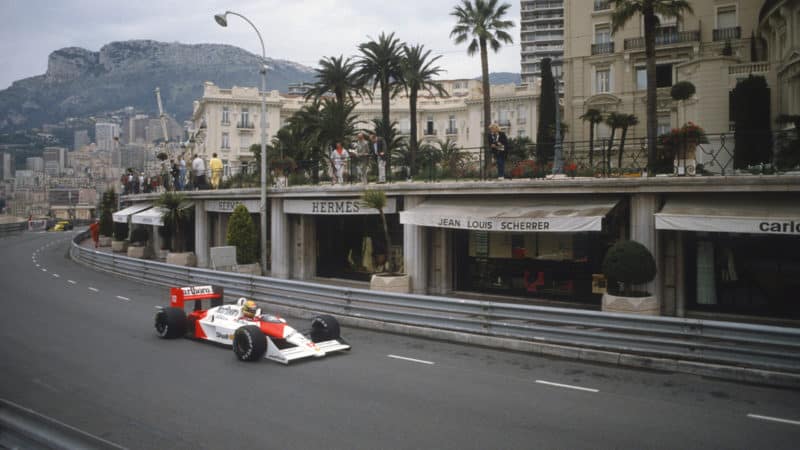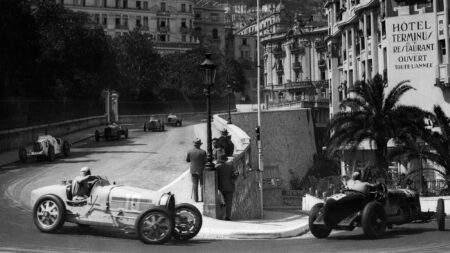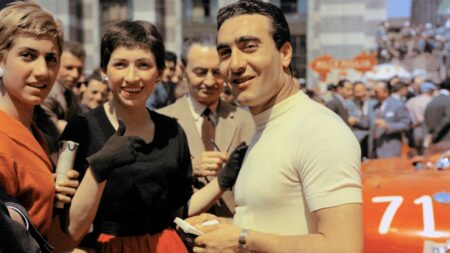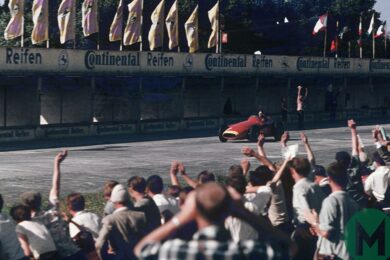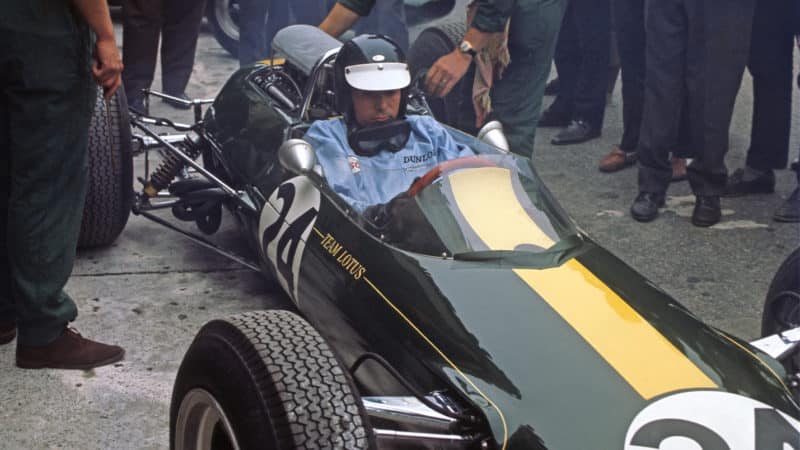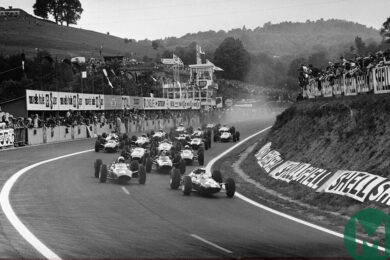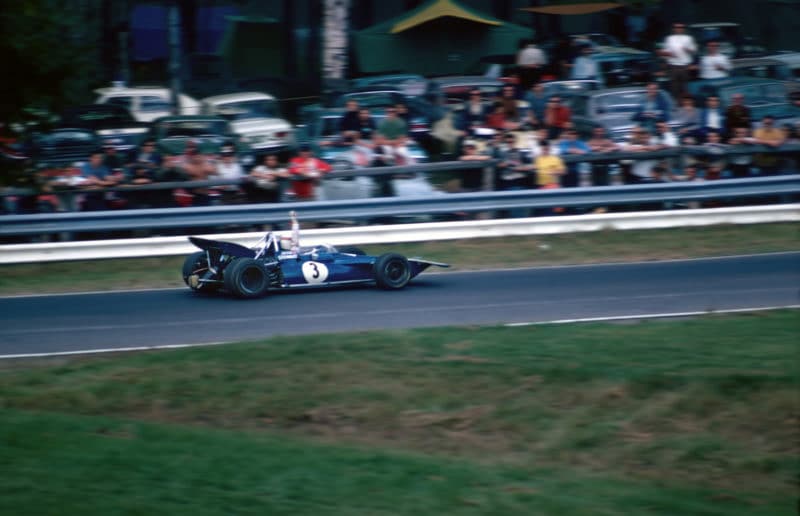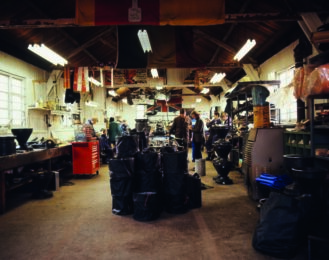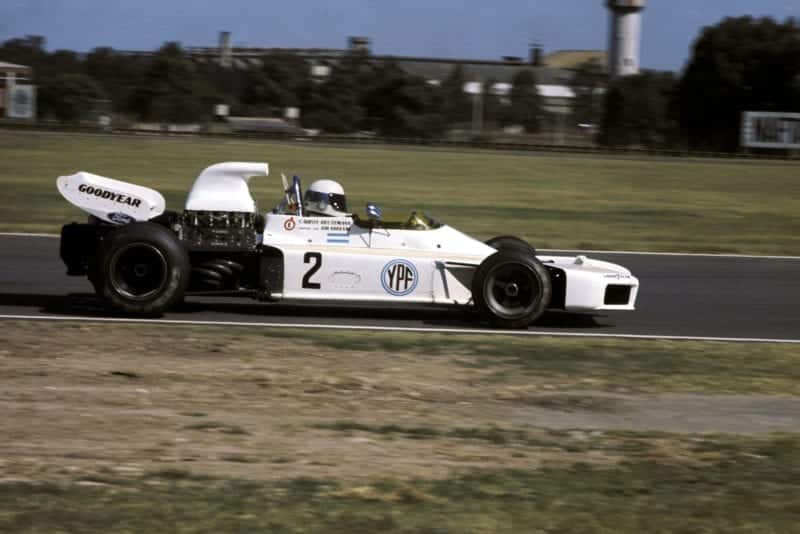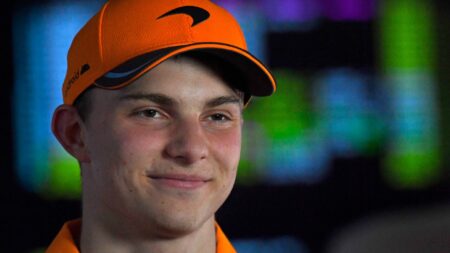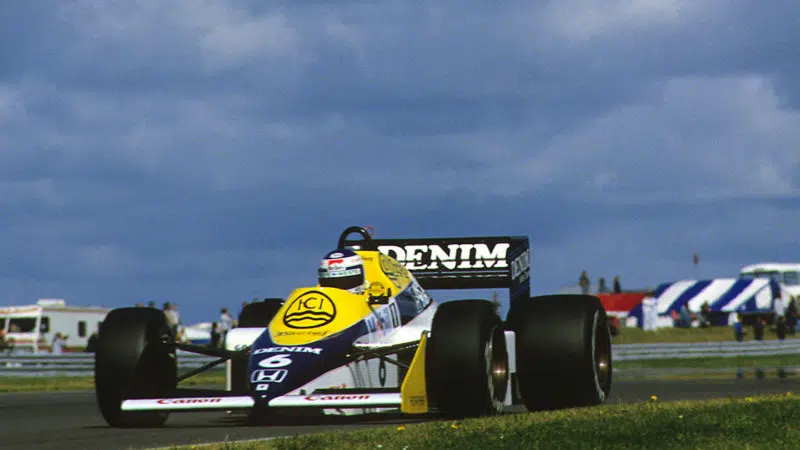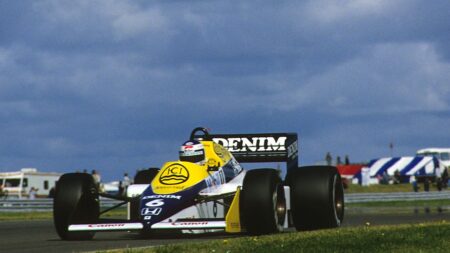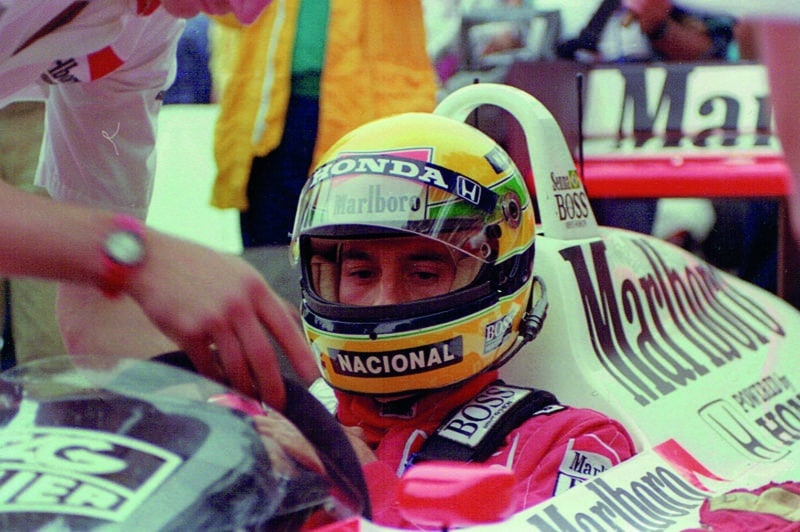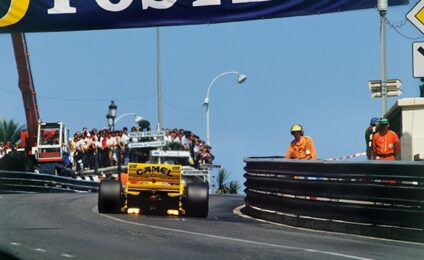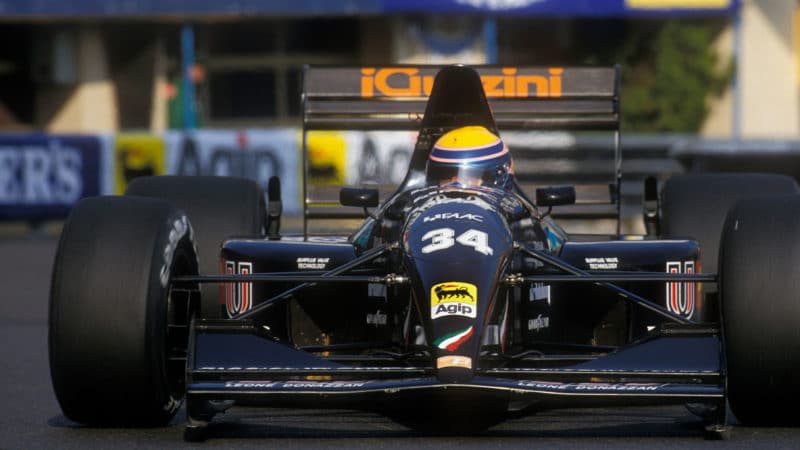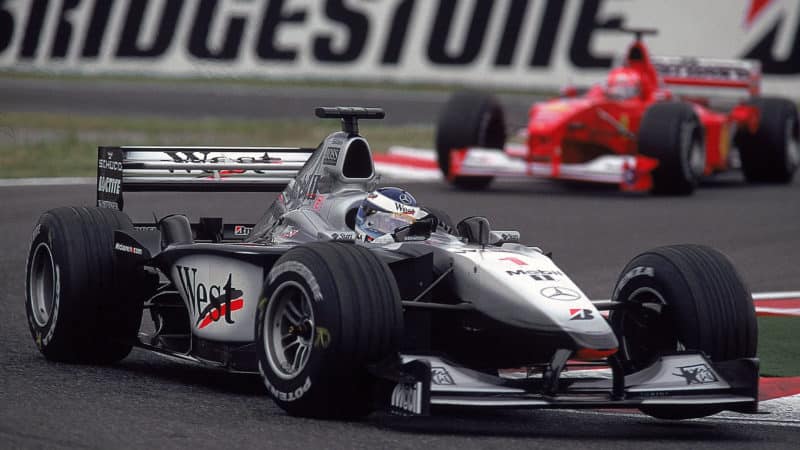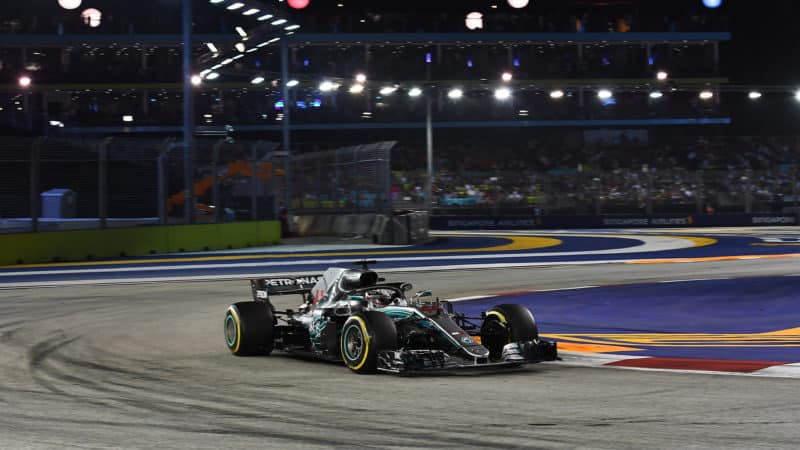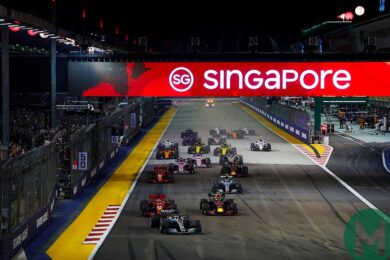Alfa Romeo‘s Rudolf Caracciola had been one of the favourites for pole position and the race win, having earned a reputation as one of the most calculating and successful drivers in the paddock. But his charge to the front was short-lived, when in the first practice session of the Monaco Grand Prix weekend, the German locked his front wheels and plowed into a concrete balustrade – breaking his legs on impact.
This left Bugatti’s Achille Varzi and hometown favourite Louis Chiron to take centre stage – the former coming out on top. Around Monaco’s tight and twisted streets, Varzi outqualified the rest of the field by a second – his lap (2min 2sec) being set on a drying track during the final practice session of the weekend.
In familiar fashion to a modern Monaco Grand Prix, pole-winner Varzi went on to win the race itself after a heated duel with Tazio Nuvolari.
Timed qualifying was here to stay.
Eugenio Castellotti
1955 Belgian Grand Prix
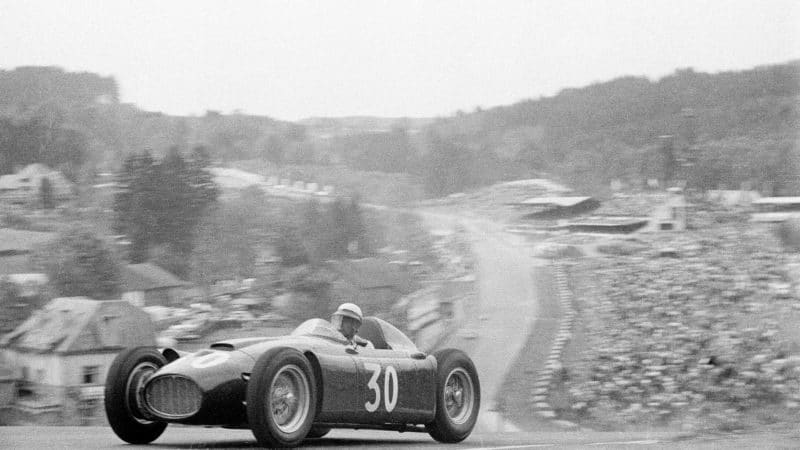
Eugenio Castellotti takes pole at 1955 Belgian Grand Prix over Mercedes duo Juan Manuel Fangio and Stirling Moss
Getty Images
In an era of Mercedes dominance, led by the all-star duo of Juan Manuel Fangio and Stirling Moss, it was rare that any other driver would be deemed ‘the fastest’. But not so at the 1955 Belgian Grand Prix.
